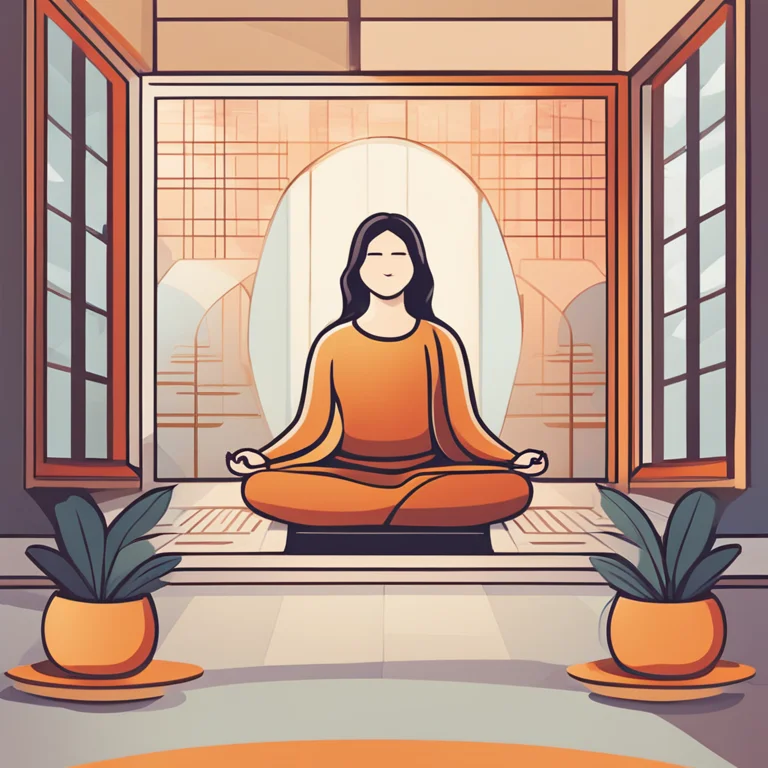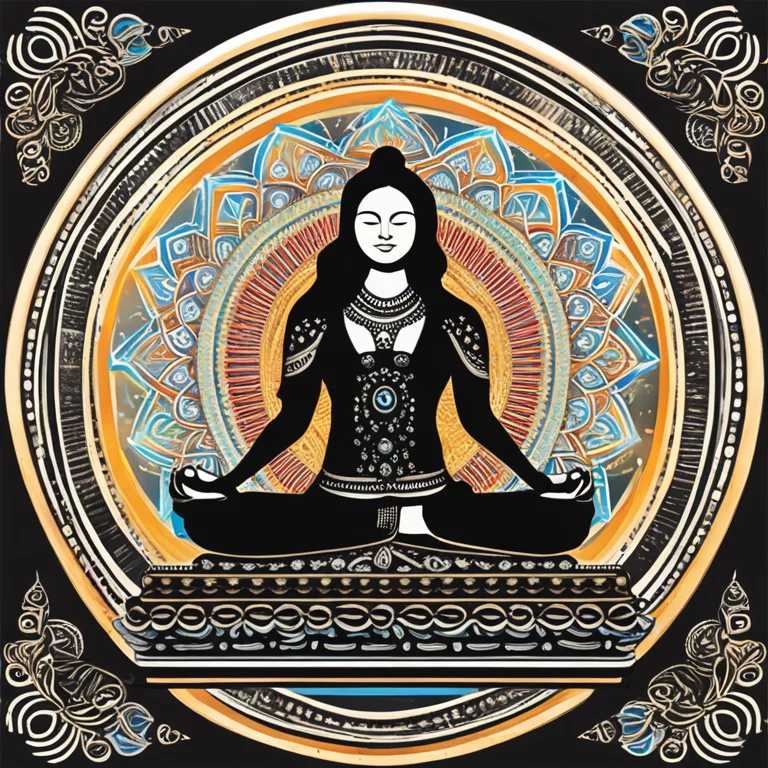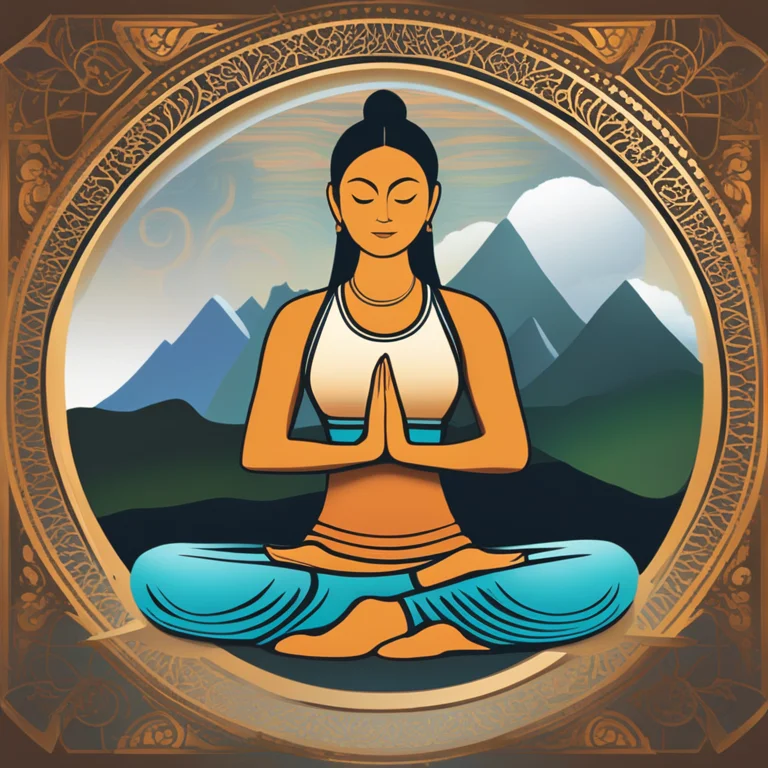
Meditation vs Yoga: Core Differences and Benefits
Discover the distinctions between meditation and yoga, exploring their unique benefits and how each practice enhances mind-body wellness.
article by Hina Kurosawa
Introduction to Meditation and Yoga
Yoga and meditation often go hand-in-hand in the realm of self-care and spirituality. While both are ancient practices with roots deeply embedded within various cultural traditions, notably in South Asia, they have grown in global popularity for their health and wellbeing benefits. The unfolding of the digital age has given rise to a plethora of resources, expanding knowledge and fostering diverse approaches to these disciplines. With the increasing demands of modern life, understanding the exact nature of each practice—meditation and yoga—is essential for achieving their full potential for stress relief and personal growth.

Meditation: A Mental Unveiling
Meditation is predominantly a mental exercise, focusing on the development and cultivation of mindfulness, concentration, and emotional calmness. Traditionally, it involves sitting in silence, engaging in deep breathing, and cultivating stillness to achieve a state of mental clarity. A plethora of meditation techniques exist, including mindfulness-based stress reduction (MBSR), guided meditation, transcendental meditation, and numerous others, some of which incorporate modern technology and virtual reality environments for an enhanced meditative experience in 2024 and beyond.

Yoga: A Union of Body and Mind
Yoga, on the other hand, is a more comprehensive system that integrates physical postures (asanas), breathing techniques (pranayama), and meditation. The practice stems from Hindu philosophy, aiming to unite the body, mind, and spirit to promote equilibrium and health. In contemporary settings, various yoga styles have emerged, such as Vinyasa, Ashtanga, and Hatha, all emphasizing different aspects of the exercise, from synchronized movements to mastery of certain postures, suitable for practitioners of various experience levels.

Distinct Aims and Applications
Although frequently associated, meditation and yoga serve different purposes. Meditation is chiefly concerned with mental processes and achieving a deeper state of consciousness and is often used as a tool for stress reduction, anxiety management, and personal insight. Yoga, while also beneficial for mental health, places equal emphasis on physical strength, flexibility, and balance. It is a potent ally in physical rehabilitation, overall fitness, and even in integrative medicine as more healthcare providers recognize its therapeutic benefits.

Integrating Meditation with Yoga Practice
Meditation and yoga are not mutually exclusive. In fact, they complement each other beautifully. Many yoga practitioners incorporate meditation into their routine to enhance the mind-body connection, often concluding their yoga session with a dedicated period for meditation to internalize the benefits of their practice. Conversely, individuals who primarily practice meditation may find adding yoga to their regimen beneficial by promoting embodiment and physical health, which in turn supports a more profound meditative practice.
The Synthesis for Holistic Wellness
In 2024 and onwards, the integration of meditation and yoga is witnessing a more holistic health perspective, where mental wellness and physical health are inseparable. Wellness programs increasingly include both yoga and meditation for a more rounded approach, while app developers and virtual platforms offer guided routines combining elements of both to cater to a growing audience seeking convenience and personalization in their wellness journey. Healthcare professionals too are beginning to prescribe these practices as complementary therapies to enhance the quality of life and patient care outcomes.
Tailoring Your Practice
Finding the right balance between meditation and yoga is subjective and depends on personal needs and goals. Some might lean towards meditation for its calming and centering effects, while others prefer the dynamic nature of yoga for its vitality and physical engagement. The modern approach to these ancient practices allows flexibility and encourages a tailored approach to developing one's holistic self-care routine, reflecting the individualistic culture of health and wellness that continues to evolve.
Published: 1/9/2024
Modified: 1/9/2024
More predictions
Come back here soon to learn more about yourself and your future


Serenity Through Meditation Retreats
Embark on a transformative journey at a meditation retreat to recharge, refocus, and reconnect with your inner self.


Retreat into Serenity: A Meditation Haven
Discover the transformative power of a meditation retreat and find tranquility for mind, body, and spirit in our comprehensive guide.


The Harmony of Meditation and Sleep
Discover the synergistic benefits of meditation for enhancing sleep quality and overall well-being in this insightful article.